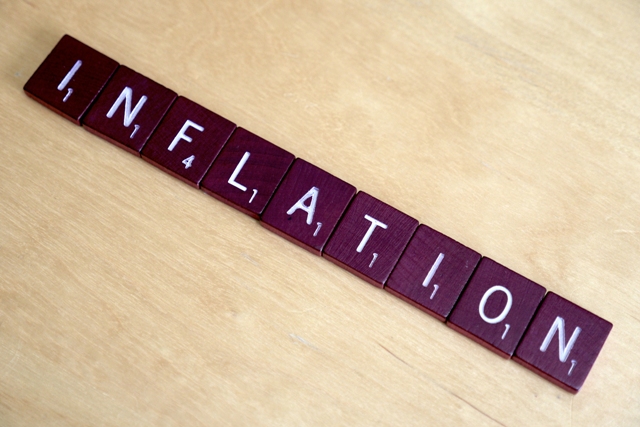Philippines: Inflation spikes to 3.3% in February
MANILA, Philippines – Consumer prices grew at their fastest pace in more than two years in February, but still within the range the Bangko Sentral ng Pilipinas had expected.
The Philippine Statistics Agency (PSA) reported yesterday that annual inflation stood at 3.3 percent in February, faster than the 2.7 percent reading in January.
BSP Governor Amando Tetangco Jr. said the consumer price index tipped the three percent level due to higher annual increases in the prices of food and non-alcoholic beverages.
This was the highest since inflation averaged 3.7 percent in November 2014. The BSP has set an inflation target of between two and four percent from 2017 to 2020. The consumer price index averaged three percent in the first two months of the year.
“This puts the average for the first two months of the year right in the middle of the government’s target range, and confirms our expectations that the monthly path of inflation will move up, and that the average for the year will be within target,” he said.
The BSP expected the February inflation to range from 3.1 percent to 3.9 percent due to rising pump prices of petroleum products, fare hikes, and more expensive power rates.
Government economists have been expecting an uptick in consumer prices after rising to 1.8 percent last year from 1.4 percent in 2015.
“The risks to inflation that we see on the external side include increase in the price of oil and the depreciation of peso,” said Socioeconomic Planning Secretary Ernersto Pernia.
Another risk is the effect of the memorandum issued by the National Food Authority (NFA) that allowed the entry of rice imports under the minimum access volume program from October 2016 to Feb. 28, 2017.
“This will tighten the rice supply, which translates to higher food prices,” Pernia said.
However, the BSP said there is no immediate need to tweak the country’s policy stance amid the sharp rise in consumer prices.
“As the uptick is in line with forecast, there appears to be no immediate impetus to adjust the stance of monetary policy, but we will remain data dependent in our assessment and forthcoming decisions,” Tetangco said.
Tetangco said the BSP will continue to monitor both external and local developments as the US Federal Reserve is likely to raise interest rates by another 25 basis points during the meeting of the Federal Open Market Committee (FOMC) on March 14 and 15 as well as the passage of the Comprehensive Tax Reform Program (CTRP).
The second rate-setting meeting for the year of the Monetary Board is scheduled on March 23.
“The BSP is closely monitoring areas of possible price pressures, including petitions for utility and fare rate adjustments, the impact of the Malampaya shut down, the near-term impact of the CTRP, as well market reactions to the Fed and its assessment of the US economy,” Tetangco said.
Downside risks, the BSP chief said, remain the sluggish global economic growth.
“On the downside, we are looking at the growth in the rest of the global economy, which continues to be tentative,” he said.
Higher annual rate were posted in the heavily-weighted food and non-alcoholic beverages; alcoholic beverages and tobacco; housing, water, electricity, gas, and other fuels; transport; and communication.
Inflation for food alone climbed to 4.3 percent in February from 4.6 percent in January. A double-digit annual mark-up of 12.8 percent was monitored in the index of vegetables.
Eugenia Victorino, economist at ANZ Bank, said inflation should wane starting the second quarter as the impact of rising commodity prices and unfavorable base effect wears off.
She pointed out the BSP is expected to raise interest rates by 50 basis points starting the third quarter.
Source: http://www.philstar.com/business/2017/03/08/1678909/inflation-spikes-3.3-february


 Thailand
Thailand




